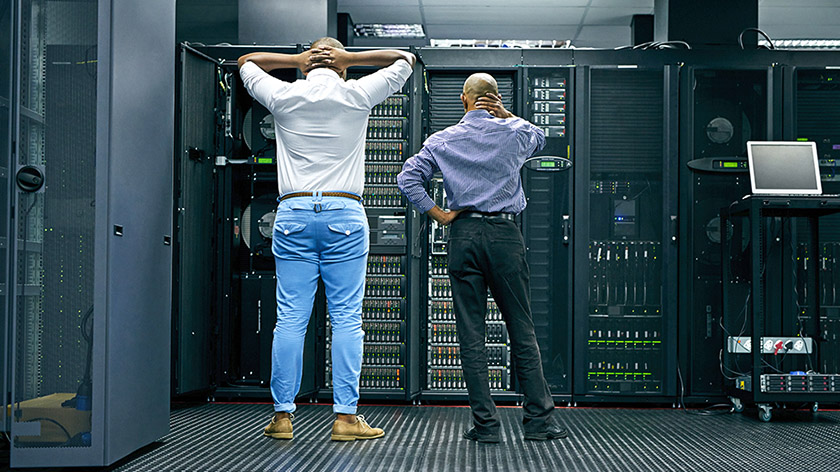Optimal Data Center Monitoring
Data center infrastructure monitoring is not a one-size-fits-all proposition. There are many parameters you could monitor: power, energy,...
3 min read
![]() Packet Power Team
:
Aug 12, 2021 8:00:00 AM
Packet Power Team
:
Aug 12, 2021 8:00:00 AM

Data centers must meet constantly evolving needs. Trends such as increasing power density, cloud computing, edge computing, and data analytics ultimately place differing demands on the data center. This often requires that improvements be made to existing facilities to enable the facility to meet the new demands. This process often is referred to as “retrofitting”.
Retrofitting possibilities are as broad as the data center’s evolving needs, but generally, they provide a cost-effective option for increasing efficiency or capacity without disrupting your building infrastructure or operations. A retrofit can address an acute problem or be part of an ongoing enhancement strategy. It can be as simple as adding wireless monitoring or as complex as changing out mechanical, electrical, and plumbing (MEP) utilities.
Regardless of the retrofit objectives, you need data to determine where to focus your efforts, whether or not those efforts are achieving desired goals, and how to refine your efforts to continuously improve results. Identify the type of data to collect based on your overall retrofit objectives.
Improve infrastructure efficiency
Even if this isn't the primary retrofit goal, there are always opportunities to increase efficiency and decrease operating costs.
Optimize or increase capacity
There may be opportunities to optimize existing equipment before needing to invest in new equipment.
Improve operational efficiency
New equipment can reduce operating expenses, but automated processes can save time and make better use of your team’s time.
Implementing power and environmental monitoring can feel overwhelming, but it doesn’t have to be. It should be a simple and low risk initiative that quickly provides tangible benefits through the data it delivers. Here are our customers’ best practices for adding monitoring.
Keeping up with changing data center demands does not mean constantly replacing your critical infrastructure with new components. But getting the most out of your existing infrastructure does require a clear understanding of the demands being placed on it, and in a data center, that kind of awareness is only possible through monitoring. This awareness will help plan, accomplish and verify any retrofitting needs you may have, regardless of the scope or complexity.
If you are considering a data center retrofit and need help determining how monitoring can help meet your goals, please contact Packet Power monitoring experts to walk through your options.

Data center infrastructure monitoring is not a one-size-fits-all proposition. There are many parameters you could monitor: power, energy,...

Packet Power works with a global network of partners to help ensure customer needs are addressed with the right monitoring solutions. One of our...

There are many reasons to monitor power in data centers ranging from monitoring the state of critical equipment to calculating energy efficiency...